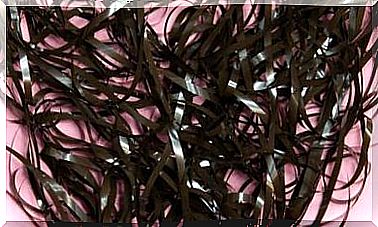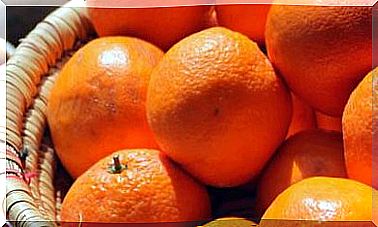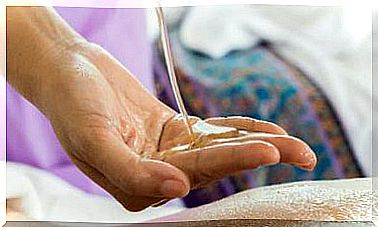Vegetable Protein Powder: Is It Useful In A Healthy Diet?
Protein powder produced from plant foods helps to ensure the daily dose, but it is not the best solution for everyone.

The daily amount of protein that is usually recommended is 0.8 g per kilogram of body weight. In a person of average weight, that amounts to between 40 and 60 g of protein. However, there are specialists who advise a higher consumption in certain cases (weight loss or bodybuilding diets, for example), reaching 1 or 1.2 g of protein per kilogram of weight.
To obtain these amounts of protein in a completely vegetable diet, it is necessary to include enough legumes, cereals and nuts in the diet, although sometimes certain foods that we consider high in protein are not absorbed in an optimal way.
The place of protein powder in the vegetable diet
In summary, we must take into account the ratio between amino acids, the amount of total protein, its bioavailability and absorption (certain factors can prevent a correct absorption of the protein, such as antinutrients and fiber, and the usual consumption ration ).
Some plant foods, such as soybeans or chickpeas, provide a complete protein, but in reality, by combining legumes, cereals, nuts and seeds throughout the day, the body will obtain the amino acids it needs.
However, a certain sector of the population may find it difficult to reach the recommended daily amounts even if they use a variety of foods.
In these cases, the consumption of vegetable protein powder can be a good option since it is more widely available, easy to transport and is a practical means of acquiring the amount of amino acids we need.
- How should a good source of vegetable protein powder be?
We should look at the aminogram, the amount of excipients and the food from which it has been extracted. It should contain all the essential amino acids in an adequate quantity and, in the best of cases, it should be a combination of two or more sources to ensure a correct supply of these. - What forms of protein are on the market?
The most widely used preparations offer isolated proteins from soy, pea, brown rice and hemp. There are also preparations that offer mixtures to which they add sweeteners, prebiotic fiber and other substances. And there are sources such as pumpkin, blue lupine and sunflower, which are gaining a niche in the market. - How can I get all the amino acids?
The best source of vegetable protein is the one that combines different sources to ensure a higher dose of different amino acids and better bioavailability. Although if we eat an adequate diet throughout the day we already obtain a good supply of amino acids. - What ingredients should we avoid?
Sweeteners like sugar (sometimes hidden under names like syrup, fructose, saccharin, maltodextrin …), soy lecithin and other additives like xanthan gum, which can have a laxative and irritate effect. Choose organic products to avoid transgenic ingredients. - When is its consumption indicated?
It is in people who do high-level sports and want to increase muscle mass, performance or lose fat. Certain amino acids are indicated in the treatment of diseases such as diabetes, cardiovascular problems, anxiety or depression. It is also indicated for those people who, for one reason or another (either food restrictions, etc.), find it difficult to reach the recommended daily dose of protein. Or for people who see their needs increased like older people. - What vegetable protein is best for athletes?
In muscle gain there are three important amino acids: isoleucine, valine and, above all, leucine, since it activates mTOR (protein of mammalian cells). In the supplement we must look at the amount of leucine (we must get about 2 g daily). - Who should not consume it?
Intolerant to the foods used to obtain the protein; people who notice side effects when consuming them (inflammation, acne …), with thyroid problems (soy protein is not recommended) or in chronic kidney failure (protein consumption must be minimal). - How and when should it be consumed?
In any intake of the day. However, in athletes the anabolic window is open up to 3 hours after training, and its consumption is recommended in that period of time. It can be consumed added in smoothies, porridge, juices, sauces, soups, creams, curries, pancakes … - Is there a maximum recommended dose?
In good health, too much protein is excreted through the urinary tract, used as an energy source, or stored as fat. Although the excess can be problematic in individuals with particular difficulties in the liver or kidneys, among others. - Is protein powder assimilated in the same way?
With protein powder we know the dose that we are getting quite accurately. However, when consuming whole foods we must ingest a greater amount of protein to counteract what we will not assimilate due to the effect of antinutrients.









